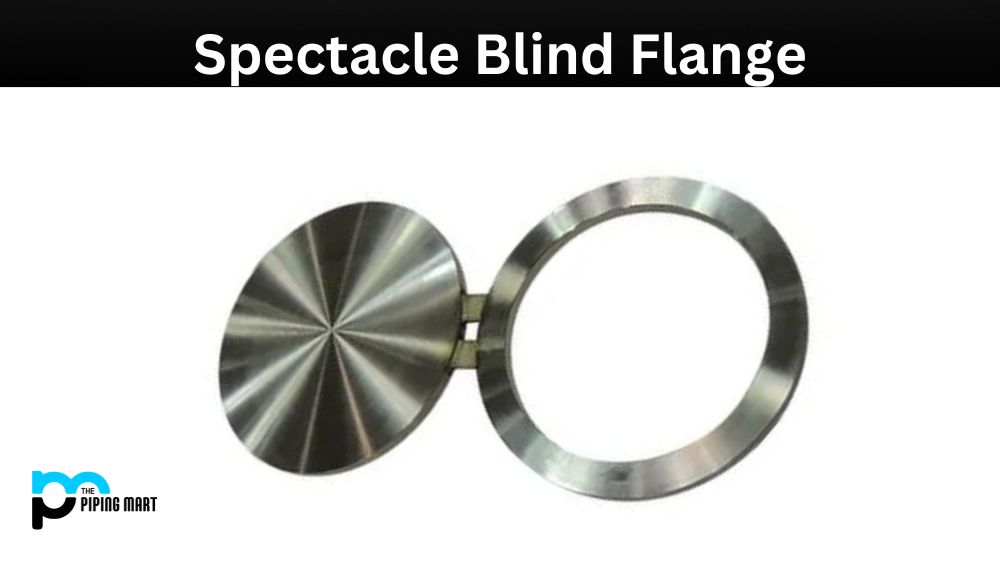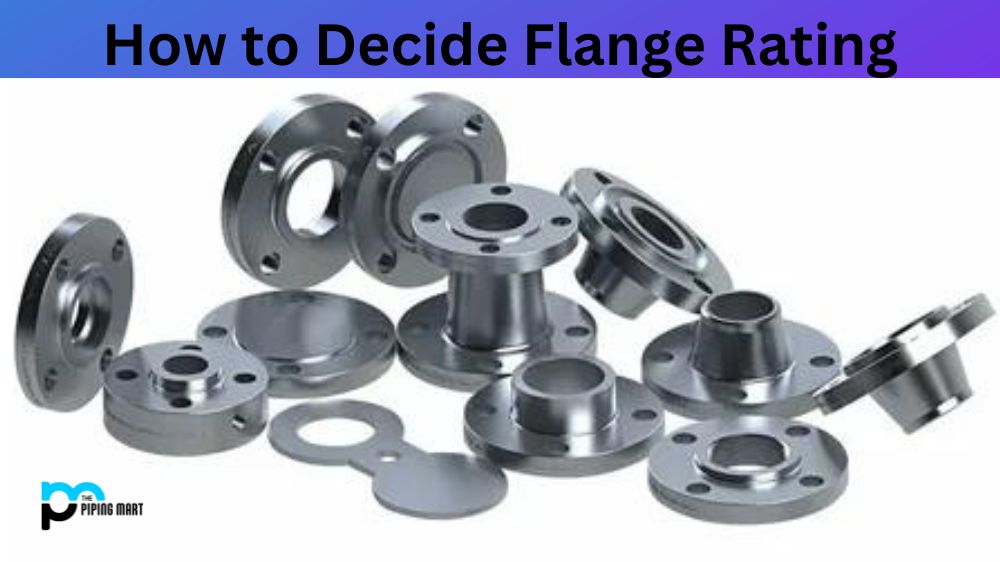If you’re in the market for flanges, then you know there are several types to choose from. Two of the more popular options are lap joint flanges and weld neck flanges. Both have their own unique advantages and it can be hard to decide which one is right for your needs. Let’s take a look at both flange types so that you can make an informed decision.
What are Lap Joint Flanges?
A lap joint flange is a type of pipe flange made out of two pieces: a stub end and a backing flange. The stub end slides into the pipe while the backing flange bolts onto the stub end, creating a tight seal. The advantage of these types of flanges is that they can easily be removed when needed because they don’t require welding or brazing to join them together. That makes them ideal for applications where frequent dismantling and reassembly might be necessary.
What are Weld Neck Flanges?
Weld neck flanges, on the other hand, are made from one piece of metal that has been cut, rolled, and welded into shape. They’re much more durable than lap joint flanges since they create a stronger connection with less chance of leaks or breakage due to welding. In addition, weld neck flanges also offer better stress distribution during high-pressure operations since they are more rigid than lap joint flanges. This makes them ideal for applications where pressure is an issue.
Difference Between Lap Joint and Weld Neck Flanges
- A lap joint flange is a type of pipe flange that is easy to assemble and disassemble, making it an ideal choice for applications where frequent maintenance is required.
- A lap joint flange consists of two pieces: a stub end that is welded to the pipe and a backing ring that slides over the outside of the pipe and is bolted to the stub end.
- Weld neck flanges offer exceptional strength, making them ideal for high-pressure applications, whereas lap joint flanges are commonly utilized in low-pressure applications.
- Weld neck flanges consist of a circular base that is welded to the pipe, with a tapered hub that extends from the base.
- The tapered hub on a weld neck flange allows for easy connection and disconnection of pipes, making them an ideal choice for applications where frequent maintenance is required.
Conclusion:
So, as you can see, both lap joints and weld neck flanges offer their own unique advantages depending on your specific application needs. If durability and strength are what you’re looking for, then weld neck flanges may be your best option; however, if flexibility or frequent dismantling is important, then lap joint flanges may be preferable. Be sure to consider all factors before making your decision—and don’t forget to consult with an expert if you need help!

Pipingmart is a B2B portal that specializes in metal, industrial and piping items. Additionally, we share the latest information and information about materials, products and various types of grades to assist businesses that are involved in this business.




